
This resource provides students with seven ways they can earn money and start adding to their piggy bank.
- Subject:
- Social Studies
- Material Type:
- Reading
- Provider:
- The Mint
- Author:
- the mint
- Date Added:
- 02/26/2019

This resource provides students with seven ways they can earn money and start adding to their piggy bank.

In this lesson, students will learn to identify a cent (penny), nickel, dime and quarter and assign the correct values to each.
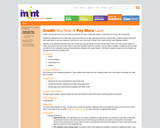
In this lesson, students determine the costs and benefits of using credit cards and analyse the decision-making process when using credit cards. Students will also identify ways and criteria needed to establish and obtain credit.
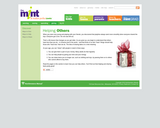
This resource explains the concept of giving to others that have less than you do in America and in the world. There are additional links on this site for ways to give, ways to help, and ways to share.
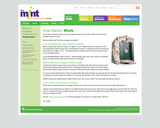
This resource provides students with information concenring how banks work. Deposits, interest, and savings are discussed. A compound calculator is included to demonstrate the concept of interest.
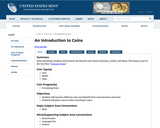
In this lesson, early elementary students will examine the features and values of pennies, nickels, and dimes.
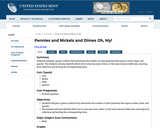
In this lesson, students will play a game in which they determine the number of cents (pennies) that equal a nickel, dime, and quarter. The students will also identify which set of coins has more, fewer, or the same amount while also counting each collection and writing the corresponding value.
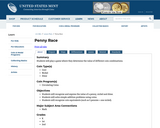
In this lesson, students will play a game where they determine the value of different coin combinations.
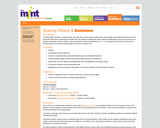
For this activity, students define the opportunity cost of a decision as the most valued discarded option and analyze trade-offs involved in making spending decisions.
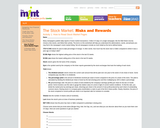
For this activity, students select stocks that they know about and see what they can discover about the stocks as they track them over 3-5 days. Students respond to questions about the stocks they've selected.
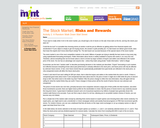
For this activity, students learn about the term 'random walk' and list stocks (from a newspaper) in a table. Students calculate the return from investing $10,000 in each of the six stocks.
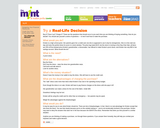
For this activity, students apply their knowledge of credit and making choices to respond to real-life scenarios about spending.